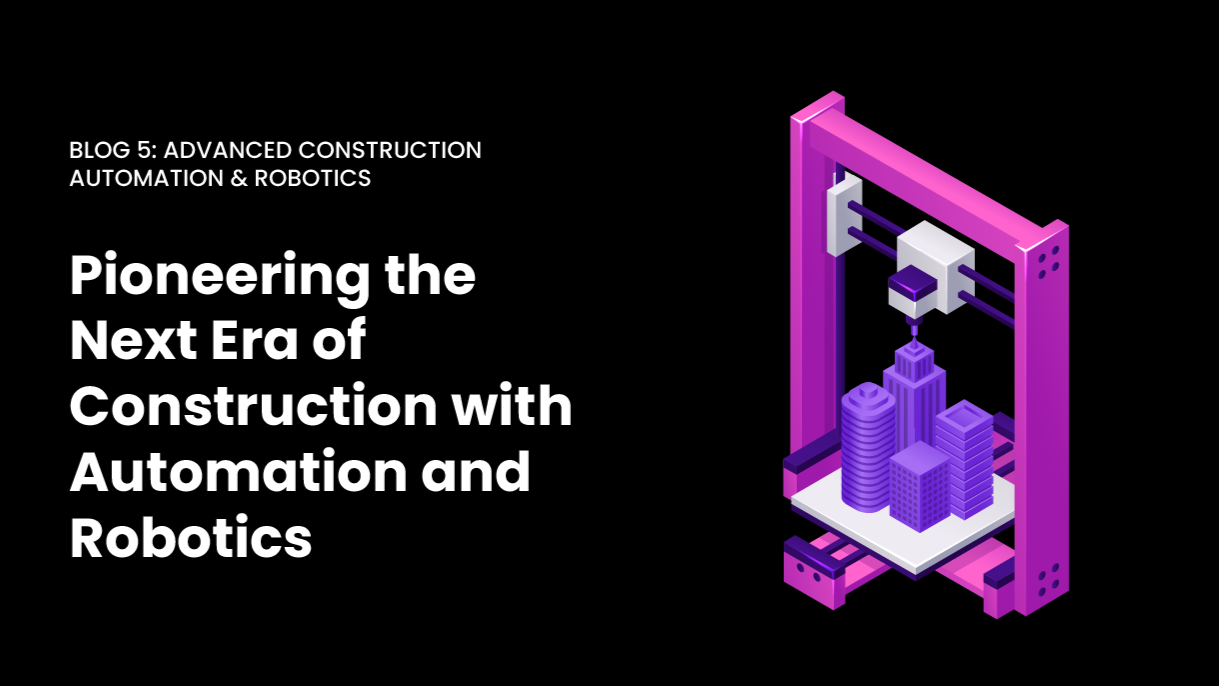Let me ask you a question, if you were to take a roadtrip, would you leave without looking at a map? I’m a planner, so personally, before even packing my suitcase, I’ve spent hours planning my route. If I’m taking a drive through the country I’ll make sure I know where there are areas I can’t get fuel and have a tentative schedule for where I’ll take breaks or grab a bite to eat.
Implementing new software tools is exactly the same way. If you are at this stage, you are undoubtedly aware of some of the risks that are on your horizon. Will your team be able to use the new tools to deliver quality work? Maybe it’s even more basic than that, what tools do you need in the first place? If your team is transitioning to Revit from a 2D workflow, you want to make sure that you have a well-mapped plan in place that covers not only the training aspect; but also any necessary configuration, plugin, automation, or integration development needs. Have you considered content?
If you are getting ready to implement BIM, we created a handy list of 6 things you should keep in mind, based on our experience in the development of our BIM services:
- Begin with the end in mind. The best way to prevent scope creep, or a project taking longer than planned is to start by defining success. Gather your key stakeholders and list out what defines success to your team. Often, this is very simple, you need the ability to deliver your projects on time, and on budget.
- Speaking of time, create a clear project schedule. Make sure that you are accounting for all stakeholders, even your junior team members. Specifically, account for holidays, vacations, and any other potential calendar items that could cause an impact on your project schedule. If July is a time that employees typically take a vacation, maybe it’s best to schedule your training sessions for August.
- Define your workflows and use cases before ever starting. You don’t know what you don’t know. If you are working with a consulting partner like Voyansi, having this well-defined will allow your external partner the ability to help you envision better ways of working. For instance, if you are using a manual process for quantity take-offs, maybe it makes sense to include an automation in your project scope.
- Don’t be afraid to change what you are doing today. Your new tools will offer new features and functionality that you may not even know existed. For instance, with Revit 2021, you can now leverage the power of generative design with the simple click of a button.
- Always pilot your new tools before deploying them company and project-wide. Choosing the right pilot strategy depends on your business. For a smaller firm, it may make sense to pilot on a single project that all of your employees are working on while continuing to deliver work with your old systems until everyone is confident in the quality and speed which they can deliver work. For larger organizations, it may make more sense to choose one team to use the new tools and create a group of super users that can then help you roll out the system to other teams.
- Create a well-defined training program. Learning is a journey that never ends. Each year Autodesk rolls out new features and functionality. Initial user training is a great start, but to ensure your staff is always upskilled you should create a continuous learning plan. Some ideas include monthly brown bag training lunches where you review new features or a quarterly morning session training hosted by an outside consultant.




